Forages for Feeding Horses
Available forages for horses vary by region and season. Here’s a look at some of the most common.
Share
ADVERTISEMENT
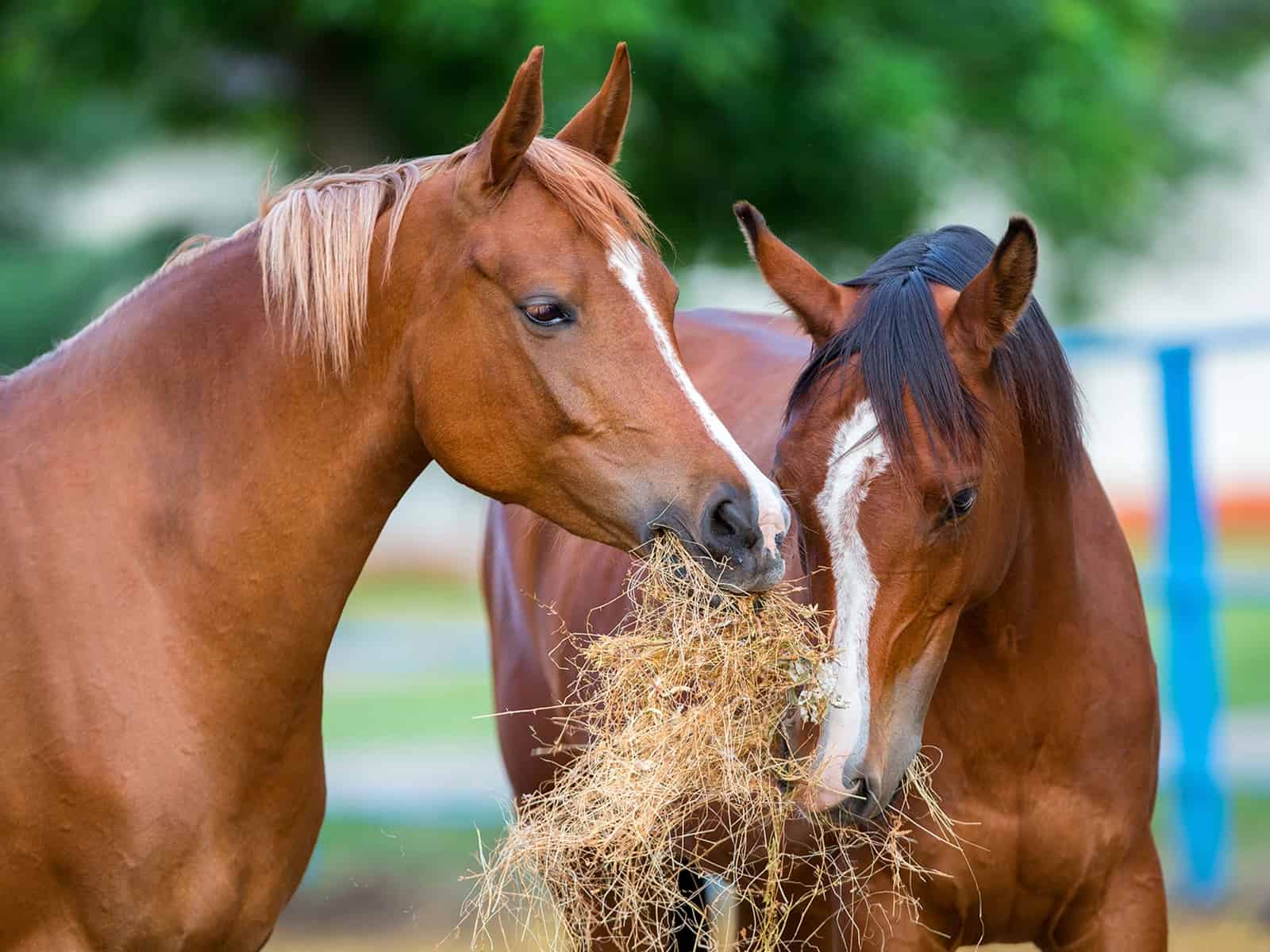
Forages for Horses
Veterinarians and nutritionists agree: High-quality forage is the foundation of a healthy equine diet. Available options vary by region and season, and are usually available as hay or pasture. Take a look at some popular forages for horses in our slideshow. | Photo: iStock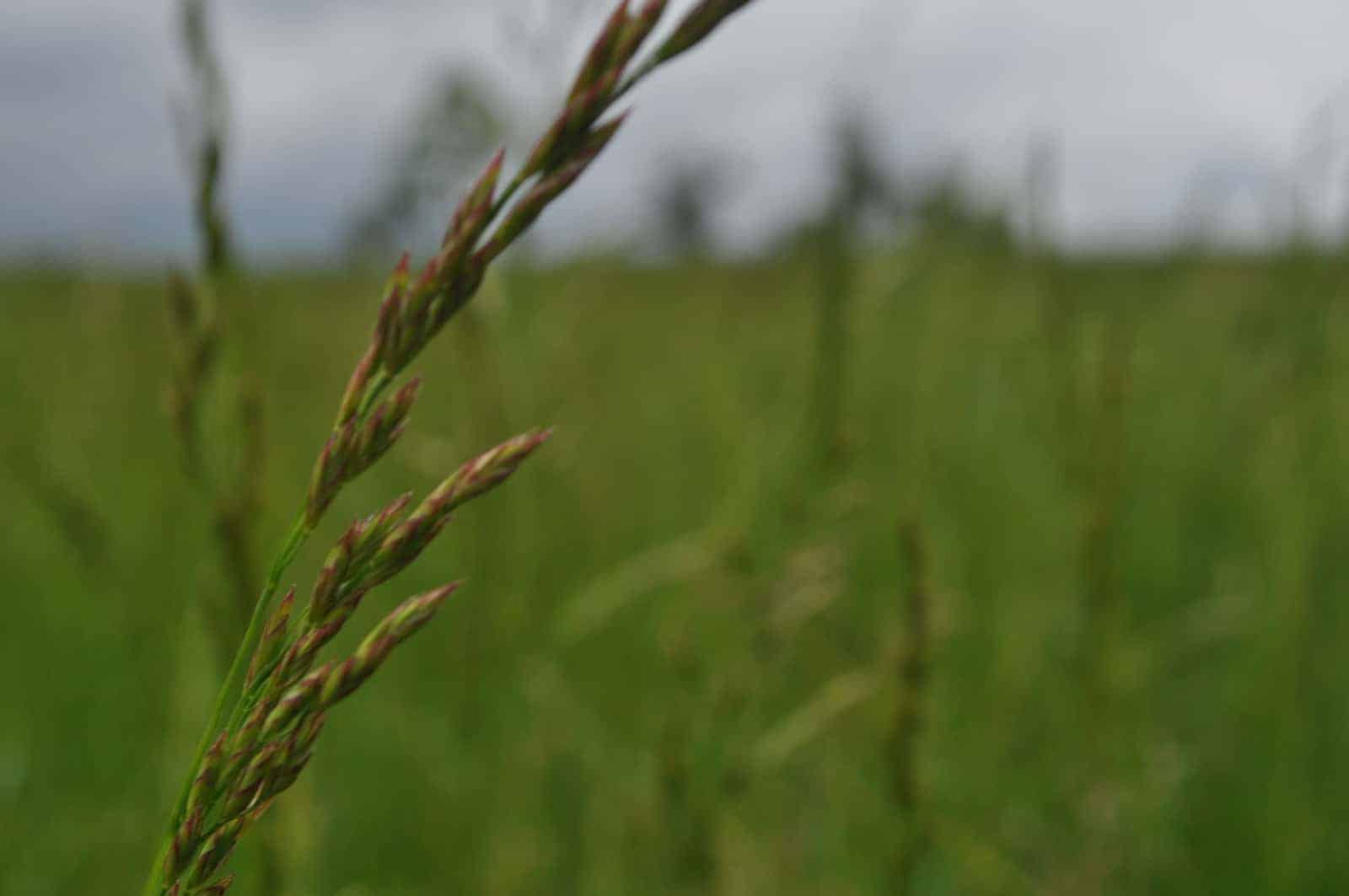
Tall Fescue Grass
Fescue is a hardy pasture grass. However, endophyte-infected tall fescue can cause fescue toxicosis, a serious and potentially fatal disease in mares and their unborn foals. | Photo: University of Kentucky's College of Agriculture, Food, and Environment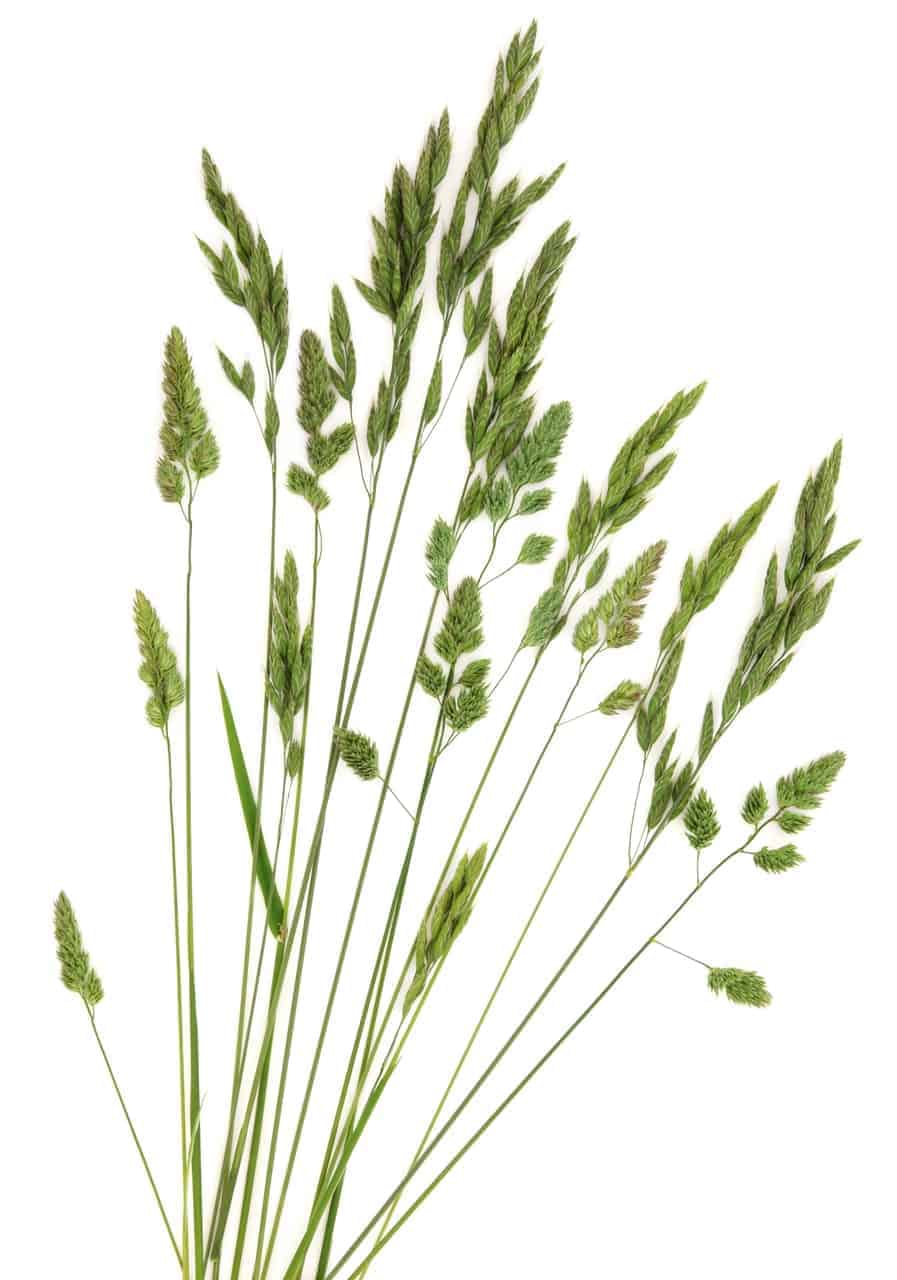
Rye Grass
Ryegrass is a cereal grain hay with generally low protein. Like other grain hays it might have an inverted calcium-phosphorus ratio. | Photo: iStock
Bermudagrass
This warm-season grass is most common in Southern states. Coastal Bermuda grows tall enough to be cut for hay and has a similar nutritional profile to other grass hays. | Photo: iStock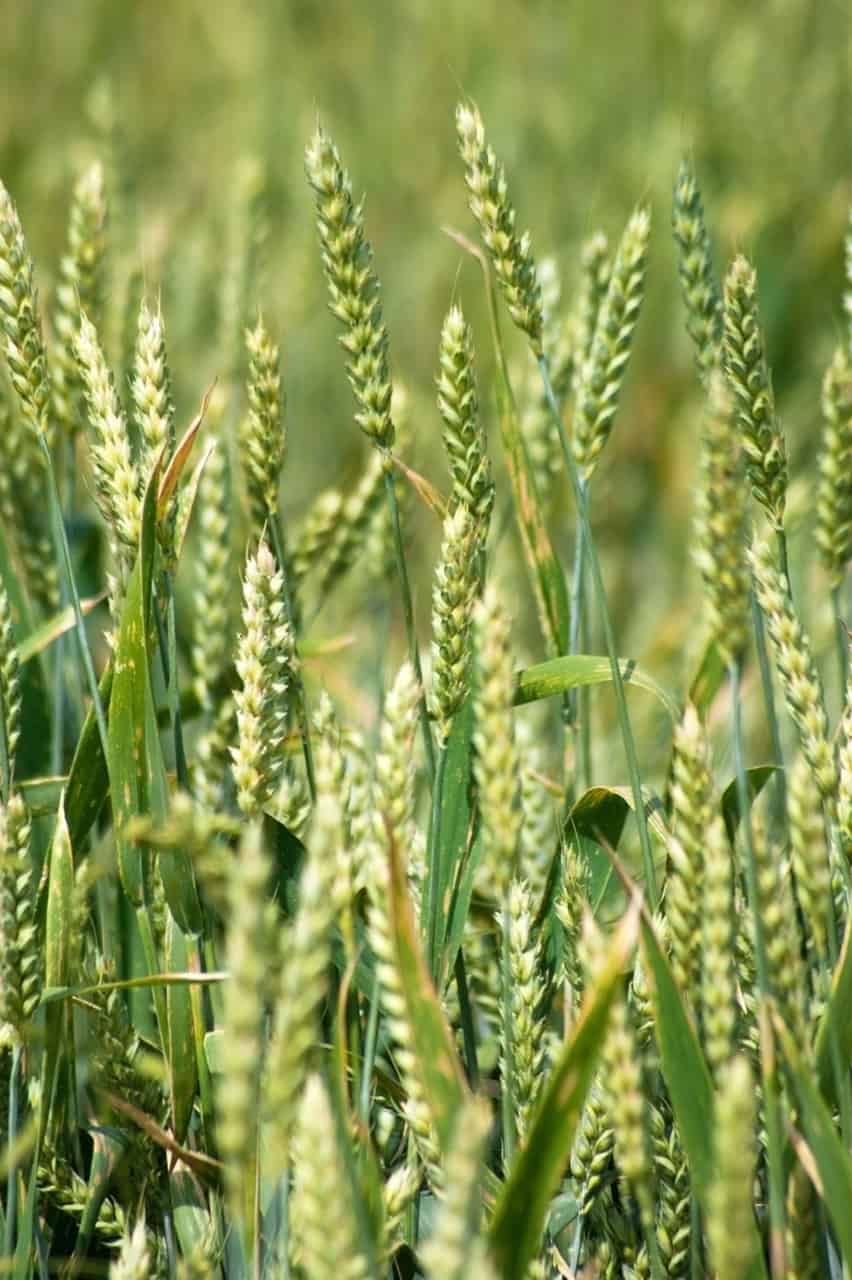
Oat Grass
Like other cereal grasses, oat hay typically has a low protein and marginal calcium content. Depending on its maturity when cut, it might include some oats. | Photo: iStock
Clover
Red and white clover are legumes and provide acceptable protein and energy levels for horses. But clover might be "too rich" for young horses during the early rapid growth phase. A compound called slaframine, produced by a fungus, can be found on clover in warm humid weather and cause horses to slobber, while a black blotch mold in clover can result in sunburn due to liver damage. | Photo: iStock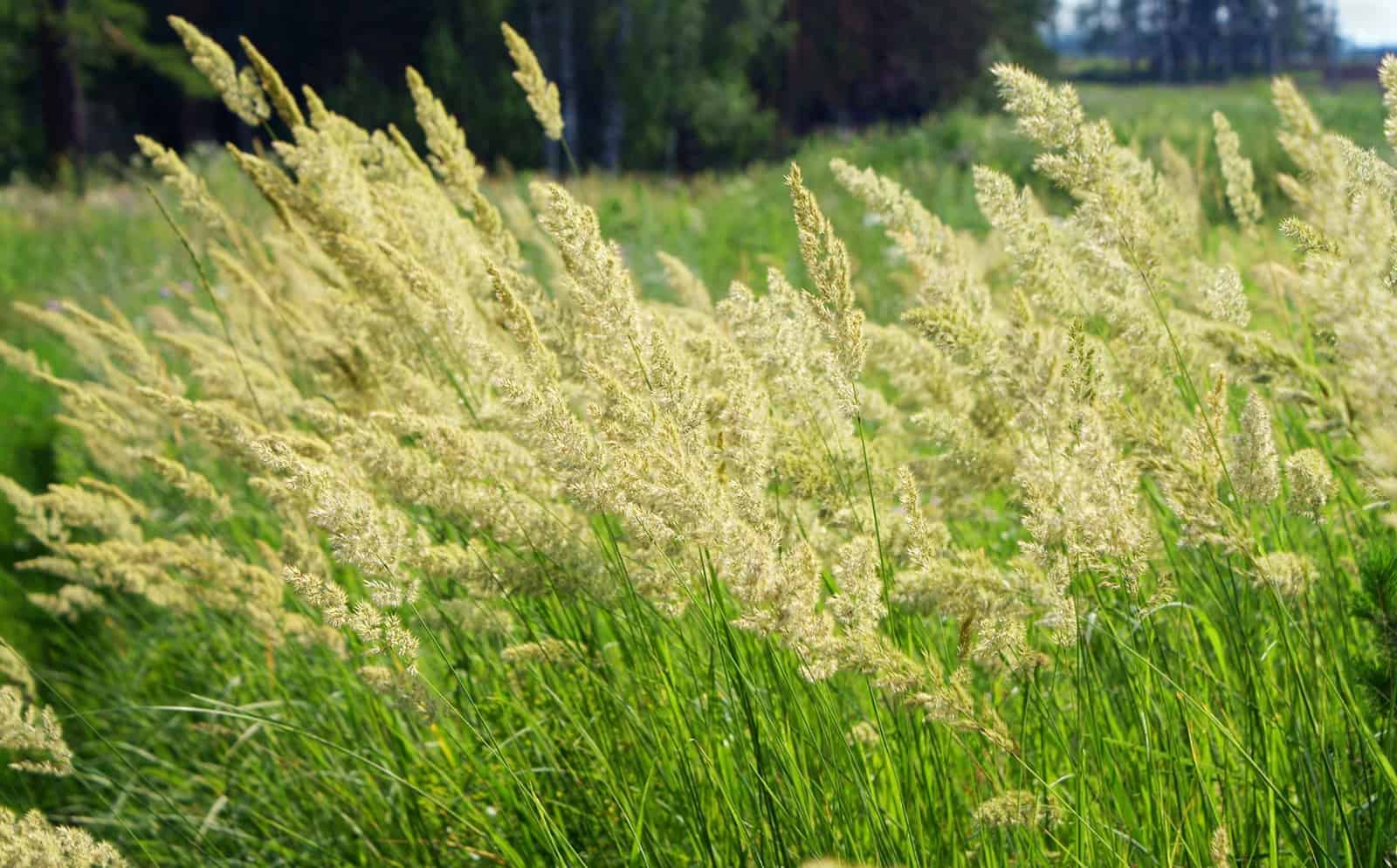
Orchardgrass
Orchardgrass is a cool-season grass that’s typically moderate in protein and high in fiber. | Photo: iStock
Bromegrass
A cool-season grass, bromegrass is a nutritious option for horses and, when planted in pastures, helps stabilize sod from hoof and grazing damage. | Photo: iStock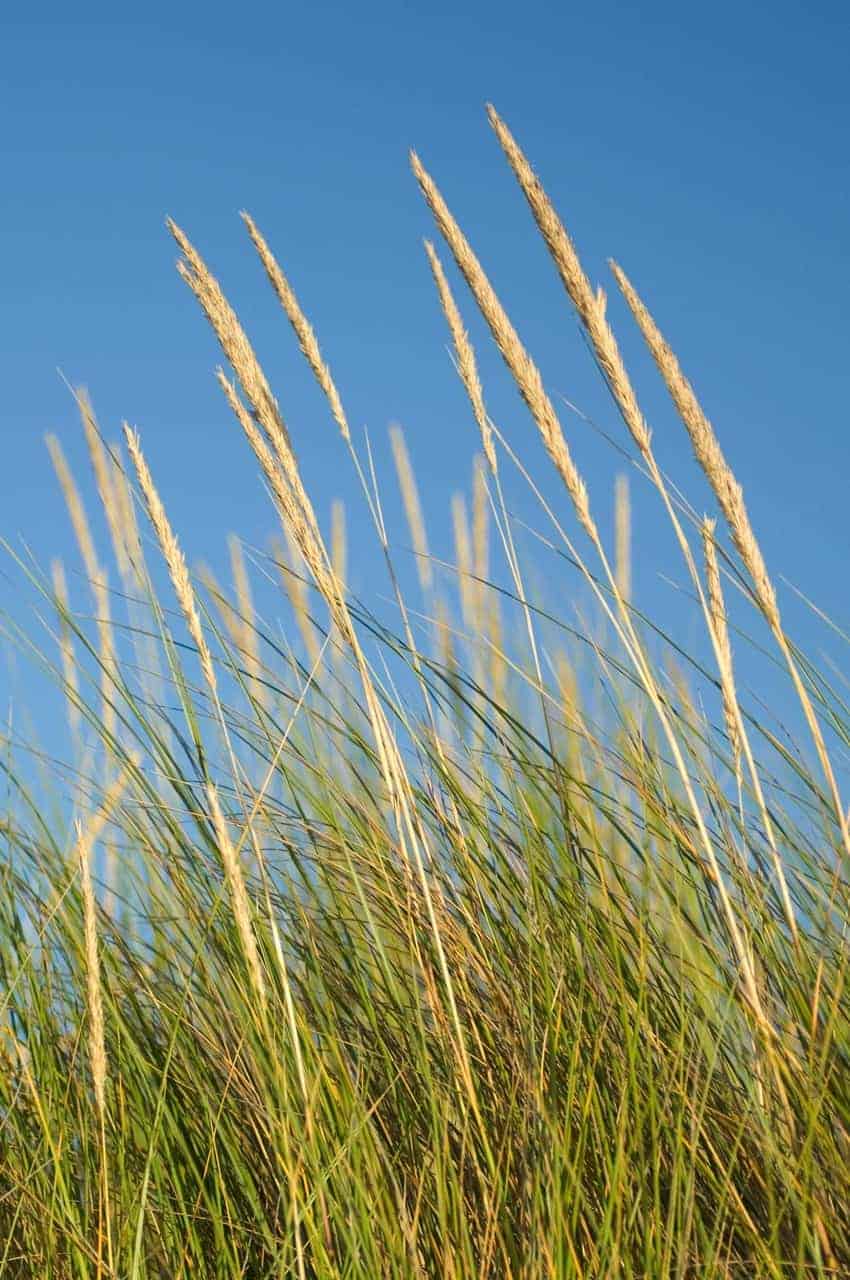
Timothy
Timothy is a bunch grass that is lower in protein than other forage options but high in fiber. It’s a popular option for feeding horses but must be harvested in the pre- or early-bloom stage to ensure high nutrient content. | Photo: iStock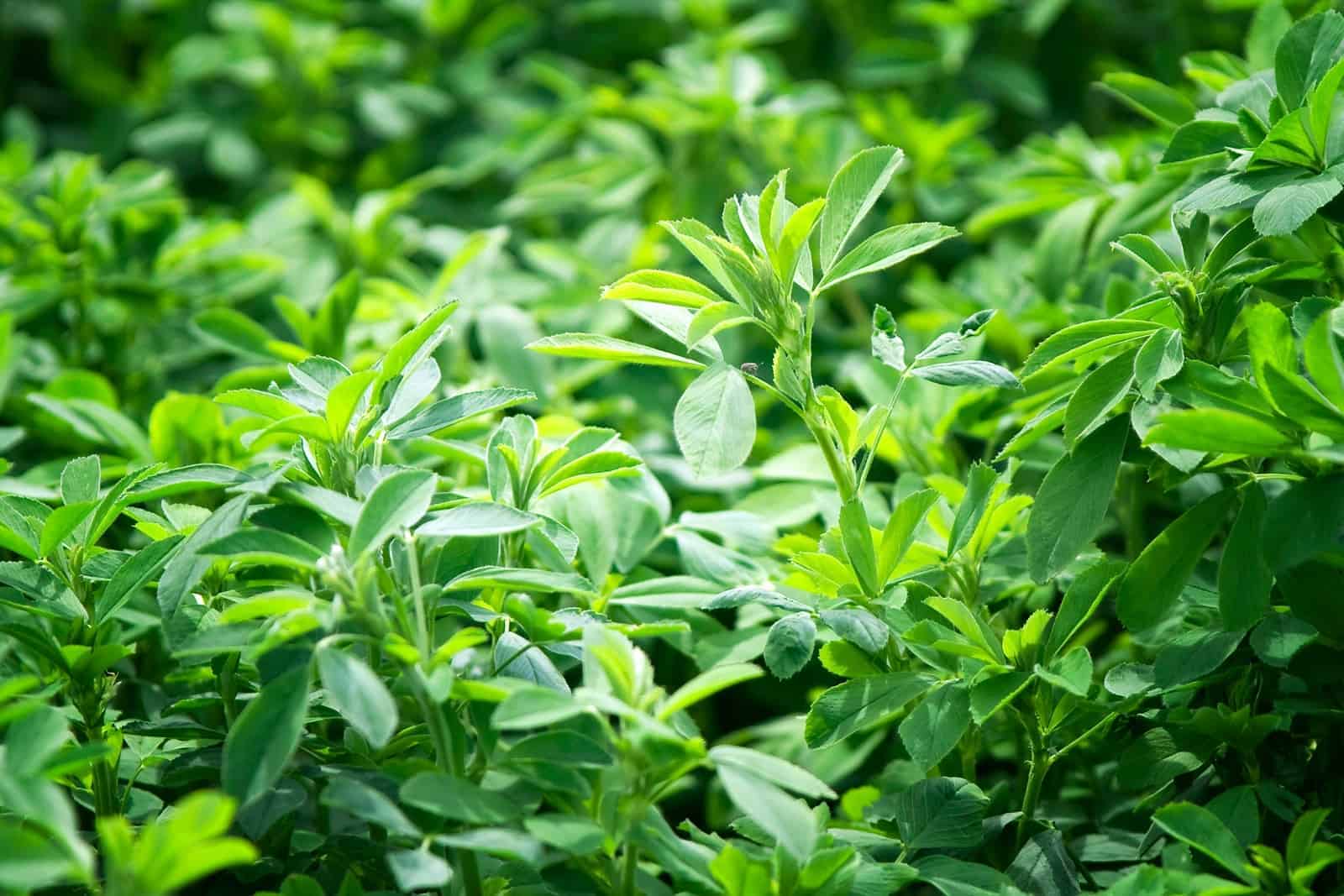
Alfalfa
Alfalfa is a calcium- and protein-rich legume that veterinarians often recommend for horses suffering from equine gastric ulcer syndrome. | Photo: iStock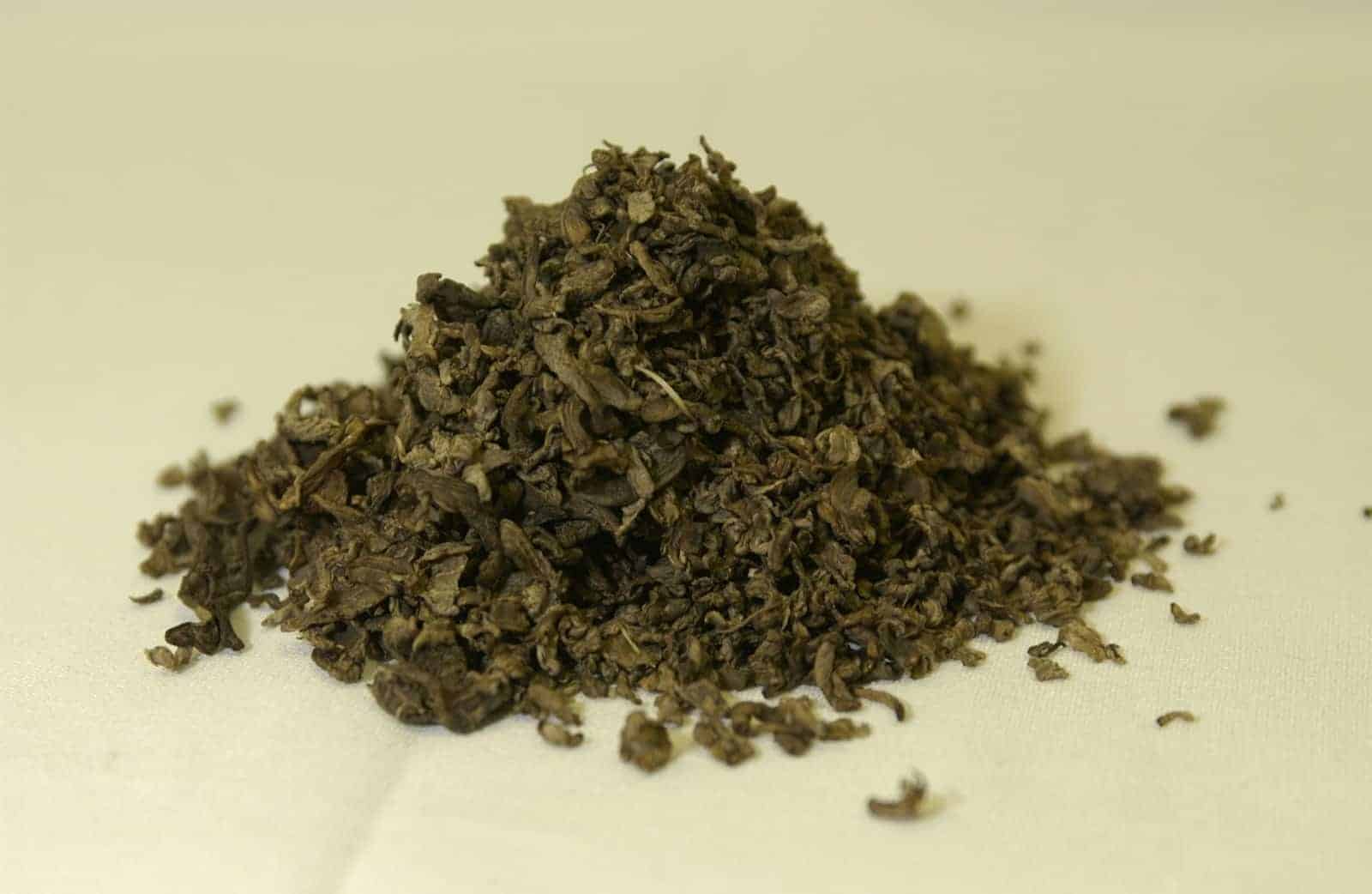
Beet Pulp
Beet pulp is a low-sugar byproduct of sugar production and is a forage alternative that can supplement horses' fiber needs. It comes with or without molasses, so choose carefully if you’re feeding a horse that’s sensitive to sugars. | Photo: Anne M. Eberhardt/The Horse
Share

The Horse: Your Guide To Equine Health Care is an equine publication providing the latest news and information on the health, care, welfare, and management of all equids.
Related Articles
Stay on top of the most recent Horse Health news with


















